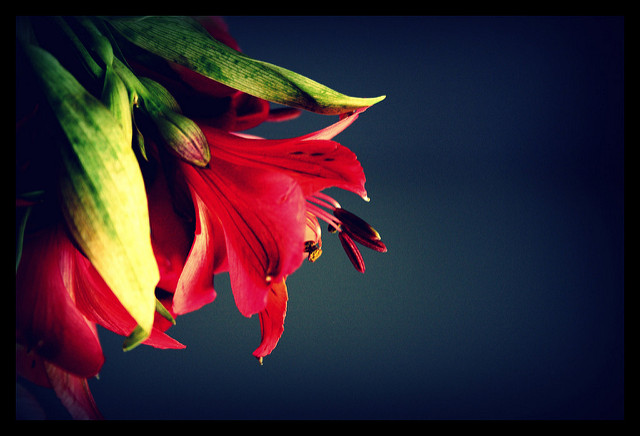
We make memories, just as our memories make us. But it is not a simple matter of “I experience, therefore I remember” or “I am what I remember”. There is a lot more going on. Memory may be individual, in that each of us has our own particular trove of memories, but memory is also influenced by our social and cultural milieu. Varsha Chitnis explores the importance of memory as a methodological tool and shows us how the use of memory and oral history can expand our understanding of sexualities and the role that the ‘other’ plays.
Precisely because the making of memory is influenced by factors outside of ourselves, what happens to memory when there is no cultural validation of certain ways of being? Satya Rai Nagpaul, cinematographer and trans rights activist, shares his reflections in a hard-hitting interview with Shikha Aleya that brings us face to face with cisgender privilege (cisgender = gender identity matches sex assigned at birth).
We may be stating the obvious when we say that our society is hierarchical. But sometimes one needs to state the obvious to begin to look at the not-obvious, the over-looked, the hidden, and the deliberately covered. We function within hierarchies of bodies, genitals, abilities, castes, sexualities, religions, and on and on and on, with their concomitant sectioning off of who gets to be in the charmed circle and who is left or thrown out of it. It is in this web of hierarchies, privilege, discrimination, oppression, violence, resilience, healing, struggling, fighting back and occasionally triumphing, emerging sometimes bruised and sometimes whole, that we make our memories, if we can. And so, T. Jayashree and Siddharth Narrain write about QAMRA, a sexual and gender minorities archive whose aim is not only to create and preserve memories but to also hold a mirror up to the legal processes around section 377 and to function as a political project that documents contemporary queer activism in India. Dyuti connects the role of memory – from living in different cities and carrying memories of one into the other, to recalling the time of Partition through stories told to her, to confronting caste, that she had been told was over in India – in the making of herself. Elsa Marie D’Silva talks about how we block memories of unpleasant incidents and the healing that comes with bringing these to consciousness, and how sharing these stories can empower other people to heal as well. In a similar vein, Jhilmil Breckenridge shares her story of being in an abusive relationship, and then healing from the trauma of it to become the fearless woman she now is who can enjoy being herself from the inside out. Rohini Banerjee reviews Aparna Sen’s Paromitar Ek Din (House of Memories), a film that traverses past and present while the protagonist evaluates her life against the backdrop of her memories of a companion now gone.
Drawing on her memories of growing up queer, confused and lost in an environment where there was no discussion or information about being queer, Debasmita Das has made a lovely three-part animated video series called A Beginner’s Guide to Growing Up Queer and Invisible. In Brushstrokes, we have Emma Krenzer’s ‘map’ of the human body showing the lasting impact of touch. Our bodies remember. Our bodies sometimes help our minds to remember. In the Tech Corner see BikeAround a new invention that helps people with memory loss preserve old memories, including those of loving times. While there are people working on helping preserve or regain our memories, there are also people who actively ‘gaslight’, trying to make us believe that our version of reality is inaccurate, that things did not happen the way we remember them to have and that we are ‘lesser’ for it. Read more about recognizing and dealing with gaslighting in the FAQs corner.
In our mid-month issue we have an interesting medley of articles many of which talk about the memory of and in the body. Rashi Kapoor presents a therapist’s perspective on body memory and healing, Debanuj Das Gupta offers us a deeply personal and political insight into AIDS, melancholia and queer memory and Abhaya Tatavarti peels away layers of pain to expose a resilience that lies at the core. Chandrabarna Saha takes us down memory lane with Sudha ji who lives in an old people’s home and Asmi continues to be empowered by her more than a decade-old memories of online BDSM. To add to this interesting mix, Pramada Menon’s article in Hindi is about how we are shaped by the creation and recreation of our own memory.
Some memories are painful but there is a power in telling their stories, be it the memories of a single person or an entire community as the blog roll articles show us.
Savour all these and don’t miss TARSHI’s newly published Working Paper on Sexuality and Disability.
Stay well, stay happy!
Cover Image: (CC BY 2.0)/Flickr